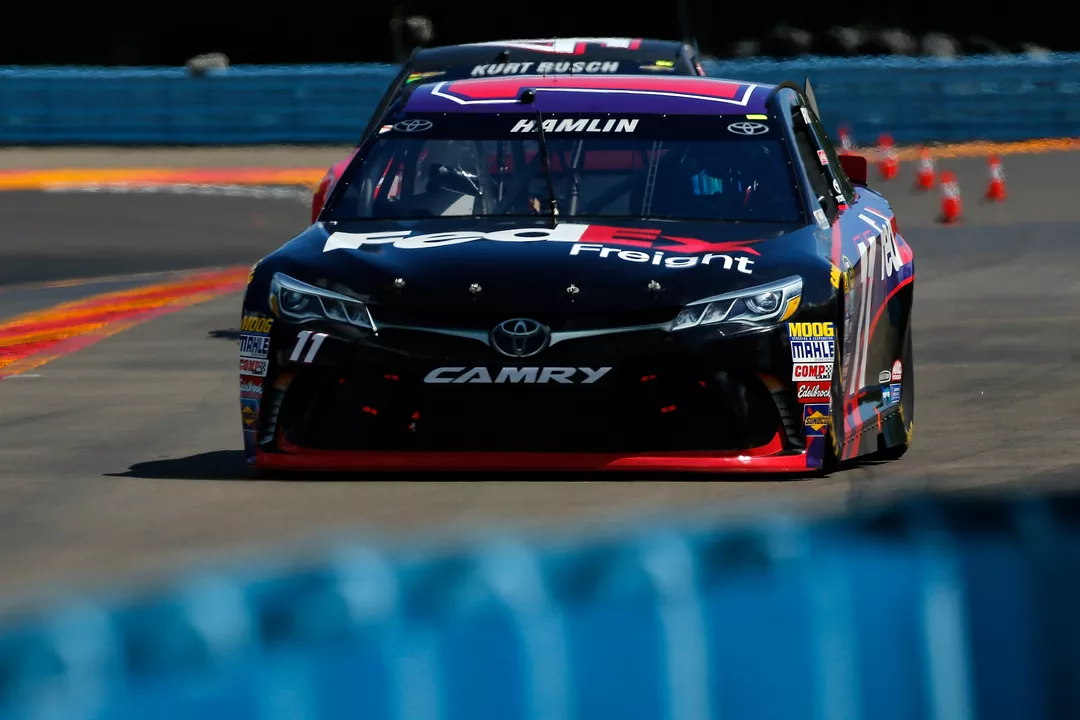Reasons Behind Every Gear Shift, Purchase, and Race Decision
When we talk about Reasons, the underlying motivations or explanations that drive a choice or action. Also known as justifications, they help us understand why we pick a car, join a racing school, or cheer for a motorsport series.
One of the biggest Motorsports, high‑speed competitions that test driver skill, engineering, and strategy fans constantly ask: why does Formula E matter, or why is Formula 1 seen as the most skilled discipline? The reasons range from technical demands—like a low centre of gravity for cornering stability—to the sheer thrill of engine sound. Those same reasons shape how manufacturers design cars and how schools teach aspiring racers.
Switching lanes, the world of Car Buying, the process of selecting and purchasing a vehicle, often online or in‑person hinges on clear reasons: price transparency, vehicle history, and the convenience of virtual showrooms. A buyer may wonder if they should commit without seeing the car in person. The answer breaks down into three reasons—detailed photos, third‑party inspections, and return policies—that together reduce risk and boost confidence.
Maintenance isn’t just a chore; it’s driven by specific reasons that protect performance and longevity. Take the Vehicle Maintenance, regular upkeep tasks like cleaning radiators, oil changes, and tire checks. Ignoring a radiator clean‑out leads to overheating, reduced fuel efficiency, and costly engine damage. The reason behind each task is simple: keep the cooling system clear, maintain optimal temperature, and preserve power output.
For anyone eyeing a seat behind the wheel of a race car, the choice of a Racing School, institution that offers hands‑on driver training and track experience comes down to a handful of reasons. Cost‑effectiveness, quality of instruction, and access to real race‑grade cars are the top three. Schools like Skip Barber tick these boxes, offering affordable packages while still delivering professional coaching.
Even the debate over electric racing has its set of reasons. Proponents cite sustainability, lower emissions, and technological innovation, while critics point to the loss of engine roar and perceived lack of excitement. These contrasting reasons fuel an ongoing conversation that shapes the future of competition.
All these angles—motorsport skill, buying decisions, upkeep, education, and emerging technologies—share a common thread: understanding the reasons behind each action empowers better choices. Below you’ll find articles that unpack these motivations, give real‑world examples, and help you decide what matters most to you.
Why did NASCAR put stages in its racing?
- Daxton Whitmore
- |
- |
- 0
As a NASCAR fan, I've noticed a significant change in recent years with the introduction of stages in racing. NASCAR implemented these stages to enhance the competition and keep fans engaged throughout the entire race. By breaking the race into segments, drivers are now awarded points for their performance in each stage, making every lap matter. This new format also adds an element of strategy for teams, as they need to adapt their tactics accordingly. Overall, the addition of stages in NASCAR racing has created more excitement, unpredictability, and a better viewing experience for fans like myself.
View more